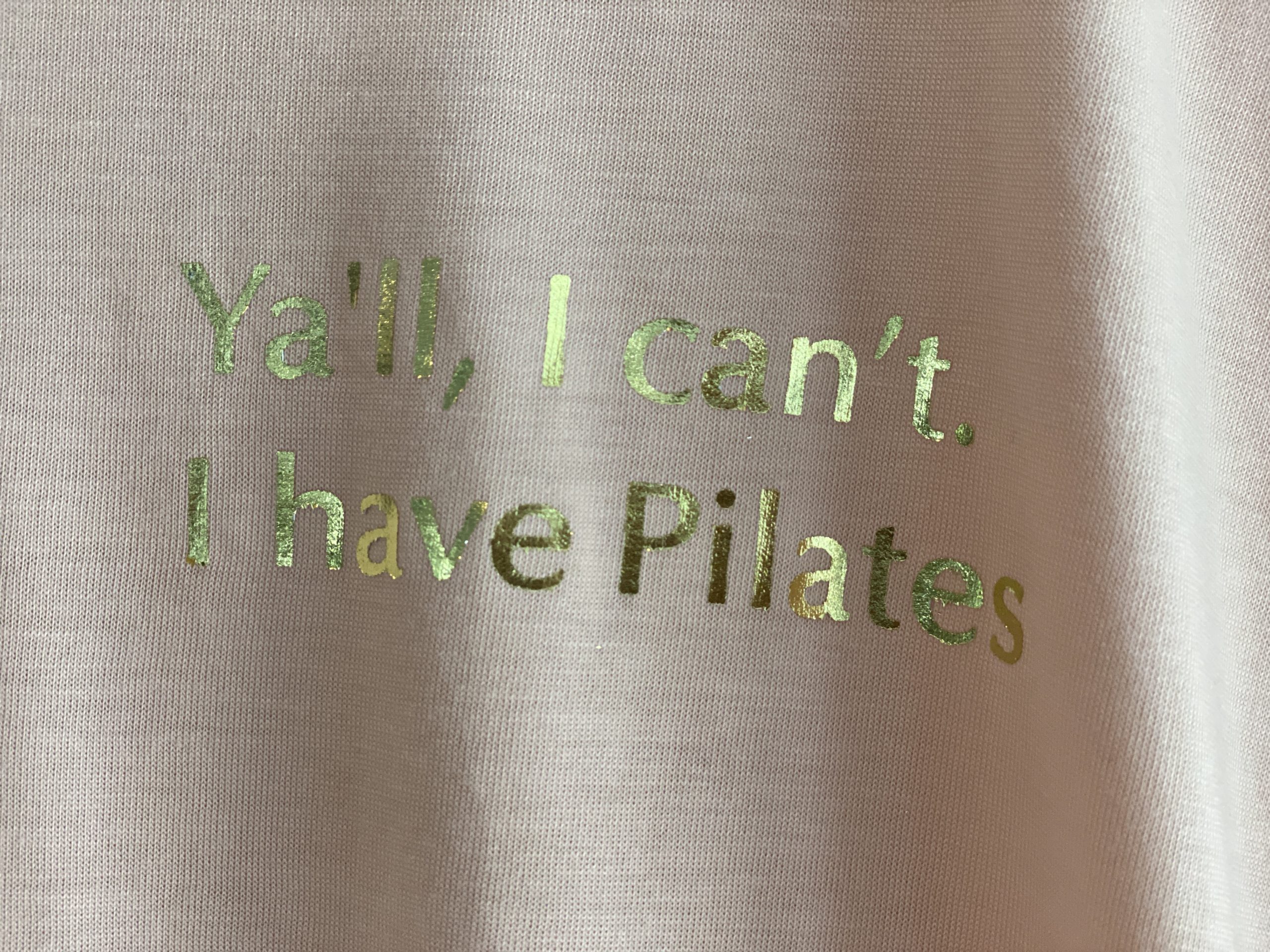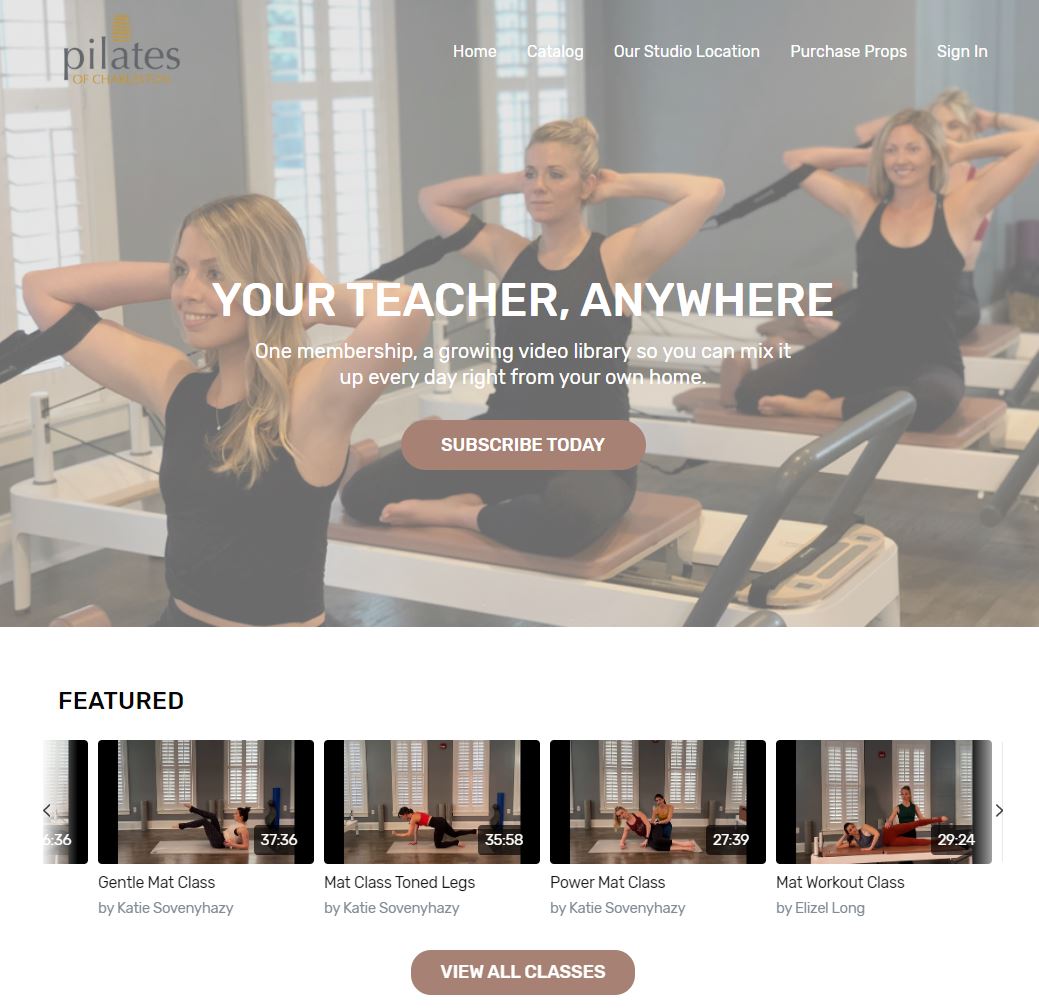Have you ever found yourself in a Pilates class thinking, “Who the hell invented the 100’s?” Well, that would be Mr. Joseph Hubertus Pilates. Joseph Pilates was born in Germany in 1883 and suffered from asthma and other ailments, making him turn to physical movement as an aide to his health issues. Joseph became enthralled in the classical Greek ideal of a man – someone who is balanced in mind, body, and spirit. With these principles, Joseph Pilates began to create his own exercise system. He called it Contrology, (the study of control). Well, fast forward to 2019, Contrology is now called Pilates, and wellness is arguably bigger than it’s ever been, showing that Mr. Pilates was quite ahead of his time!
So how did the Pilates method make its way to the United States? After becoming healthier and growing into adulthood, Joseph Pilates traveled to England where he worked as a self-defense instructor for detectives! However, this all was happening during World War I and Mr. Pilates was deemed an “enemy alien” intern along with other German natives. That didn’t stop Joe though…Pilates made good use out of his fellow internees and their sleeping quarters! It was said that Joseph tied springs to hospital beds, allowing for bedridden patients to exercise for recovery. Because he helped these injured soldiers rehabilitate by making use of springs and props, he is perhaps the first physical therapist. A hospital bed doesn’t exactly compare to our beautiful Balanced Body reformers, but it sure does add some historic context!
After Joseph Pilates’ stint in England, he returned to Germany and quickly became well-known in the dance industry, thanks to Rudolf von Laban, a key figure in dance history and choreography. So if you were ever wondering why dancers seemed to get in on the amazing benefits of Pilates before anyone else, this is why! Rudolf began including Pilates into his curriculum, causing the exercise form to prosper even further. At last its 1926, and Mr. Pilates has decided to bring not only himself but also his amazing exercise form to the United States – thank you Joseph! Joseph opened the first Pilates studio with his wife, Clara, in New York City, sharing the space with several NYC ballet companies and studios – we told you dancers love Pilates! Eventually, Mr. Pilates’ students began to teach Pilates and we’re so thankful they did. Check out the below facts about Pilates and the Pilates business in the United States to see more of Mr. Pilates impact on the wellness world.
- Pilates and Yoga Studios are a $12.1 billion industry in the US (yes, that’s billion with a B!)
- The original 34 mat exercise sequence, created by Joseph Pilates is still used to this day.
- Dread the Pilates magic circle? Imagine using the original one made from the steel around beer kegs! Yeah…we’ll take the ones at Pilates of Charleston too!
- Resistance exercises used in reformer classes allows you to burn calories all day long.
Joseph Pilates said it best, “You will feel better in ten sessions, look better in twenty sessions, and have a completely new body in thirty sessions.” We couldn’t agree more with the unbelievable transformative principles Pilates has on you both physically and mentally. We encourage you to take Joe up on this challenge and sign up for a couple of sessions at Pilates of Charleston and see for yourself the benefits of this timeless exercise.





